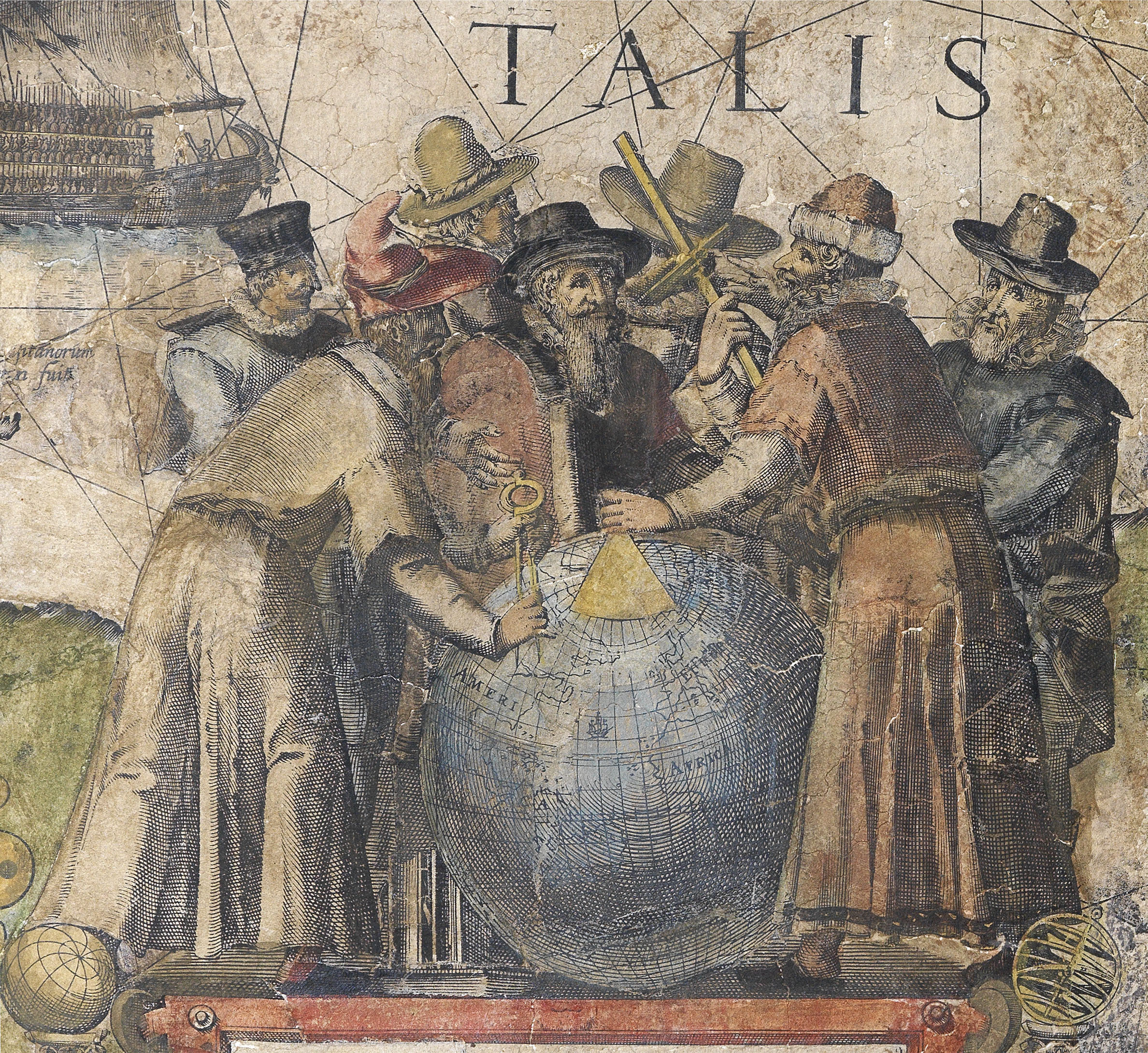Mount & Page

The firm of Mount and Page, in its different names and incarnations, dominated English sea-atlas publishing for over a century. However, the name is really a misnomer, the principals of the firm traded under their own names, so the trading name changed frequently as partners came and went.
The firm was founded by William Fisher (1631-1692?) in about 1656; he was a publisher of books on navigation but, in 1677, he formed part of a consortium with John Thornton and others, assembled to take over John Seller’s chartmaking business from ruin. The partnership proved short-lived, but did introduce Fisher to sea-atlas publishing, which became a mainstay of the firm’s activities.
Fisher was joined in business by his former apprentice and son-in-law, Richard Mount (1654-1722). Mount continued the business on Fisher’s death and, in about 1701, took his son-in-law and former apprentice, Thomas Page (I) (d1733) into partnership, trading as Richard Mount & Company or Richard Mount and Thomas Page.
Richard was followed into the business by his sons William (I) (1688-1769) and Fisher (c1689-1728), William’s son John (1725-1786) and his grandson William (II) (1753-1815). Thomas Page was succeeded by Thomas (II) (1704-1762), Thomas (III) (1730-1781) and Thomas (IV) (1756-1797; retired 1785). With the retirement of Thomas (IV), the role of the Page family in the business ended, and the firm soon became Mount and Davidson, and then James Davidson after the death of William (II), then continuing in other hands.
The family built up its domination position by a serious of fortitudinous acquisitions. In 1697 Richard Mount acquired some map sheets and plates after the death of John Seller, in 1707, he acquired the bankrupt stock of Jeremiah Seller and Charles Price, and in 1715 he acquired the Thornton stock after the death of Samuel Thornton, leaving him in possession of all the printing stock for all the sea-atlases published to-date in England. Then in the early 1730s the firm acquired Charles Price’s stock, including the plates for his sea-atlas, and for the map of Sussex.
Richard Mount was an active and talented publisher; under his control the firm produced some great atlases and charts. Unfortunately, in the hands of successive generations the various sea-atlases ossified: Collins’s Great Britain’s Coasting Pilot went one hundred years without significant improvement, while the various English Pilot volumes at best had only minor additions to bring them up-to-date.
 地图
地图  地图集
地图集  珍本
珍本  版画
版画  天文仪器
天文仪器 






